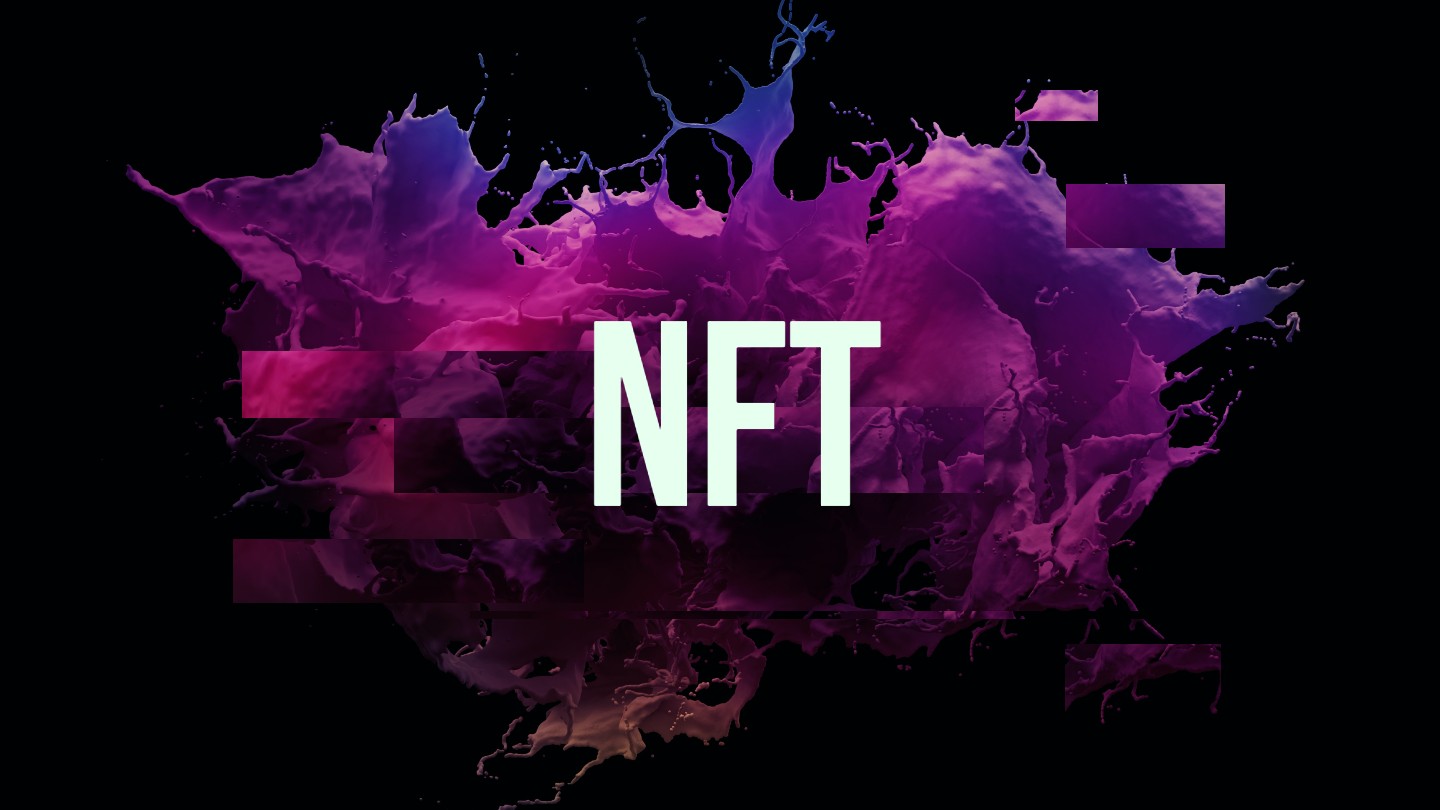Can Real-World Assets Rescue the NFT Lending Market?
29.05.2025 8:00 1 min. read Alexander Stefanov
The once-hyped NFT lending market is facing a sharp decline, with activity plunging nearly 97% since early 2024.
Once valued at over $1 billion in monthly loan volume, the space now hovers around $50 million, according to new research from DappRadar.
With NFTs losing momentum across the board, lending platforms that allow users to borrow against their digital collectibles are seeing record-low participation. Borrower numbers are down 90%, lenders by 78%, and average loan sizes have dropped over 70%, now sitting around $4,000. Even loan durations have shortened, suggesting borrowers are seeking quick liquidity plays rather than long-term capital.
Analyst Sara Gherghelas believes the sector won’t recover without a major shift. Tokenized real-world assets—like real estate or income-generating instruments—could introduce more reliable collateral and reinvigorate lending. She also points to the need for smarter systems: think undercollateralized loans, credit scoring, and AI-based risk models.
The NFT lending cooldown mirrors the broader NFT market slump, where trading volumes have nosedived 61% year-over-year. With fewer platforms active and user interest fading, the industry is clearly at a crossroads.
Still, Gherghelas isn’t writing it off. She argues that if future platforms build around utility, culture, and innovative mechanics rather than speculation, NFT lending could eventually find its footing again—this time, on sturdier ground.
-
1
U.S. Bank Advises Clients to Drop These Cryptocurrencies
29.06.2025 10:00 2 min. read -
2
Chinese Tech Firms Turn to Crypto for Treasury Diversification
26.06.2025 17:00 1 min. read -
3
FTX Halts Recovery Payments in 49 Countries: Here Is the List
04.07.2025 18:00 2 min. read -
4
What Are the Key Trends in European Consumer Payments for 2024?
29.06.2025 8:00 2 min. read -
5
What Brian Armstrong’s New Stats Reveal About Institutional Crypto Growth
29.06.2025 15:00 2 min. read
U.S. Public Pension Giant Boosts Palantir and Strategy Holdings in Q2
According to a report by Barron’s, the Ohio Public Employees Retirement System (OPERS) made notable adjustments to its portfolio in Q2 2025, significantly increasing exposure to Palantir and Strategy while cutting back on Lyft.
Key Crypto Events to Watch in the Next Months
As crypto markets gain momentum heading into the second half of 2025, a series of pivotal regulatory and macroeconomic events are poised to shape sentiment, liquidity, and price action across the space.
Here is Why Stablecoins Are Booming, According to Tether CEO
In a recent interview with Bankless, Tether CEO Paolo Ardoino shed light on the growing adoption of stablecoins like USDT, linking their rise to global economic instability and shifting generational dynamics.
U.S. Dollar Comes Onchain as GENIUS Act Ushers in Digital Era
In a statement that marks a major policy shift, U.S. Treasury Secretary Scott Bessent confirmed that blockchain technologies will play a central role in the future of American payments, with the U.S. dollar officially moving “onchain.”
-
1
U.S. Bank Advises Clients to Drop These Cryptocurrencies
29.06.2025 10:00 2 min. read -
2
Chinese Tech Firms Turn to Crypto for Treasury Diversification
26.06.2025 17:00 1 min. read -
3
FTX Halts Recovery Payments in 49 Countries: Here Is the List
04.07.2025 18:00 2 min. read -
4
What Are the Key Trends in European Consumer Payments for 2024?
29.06.2025 8:00 2 min. read -
5
What Brian Armstrong’s New Stats Reveal About Institutional Crypto Growth
29.06.2025 15:00 2 min. read


